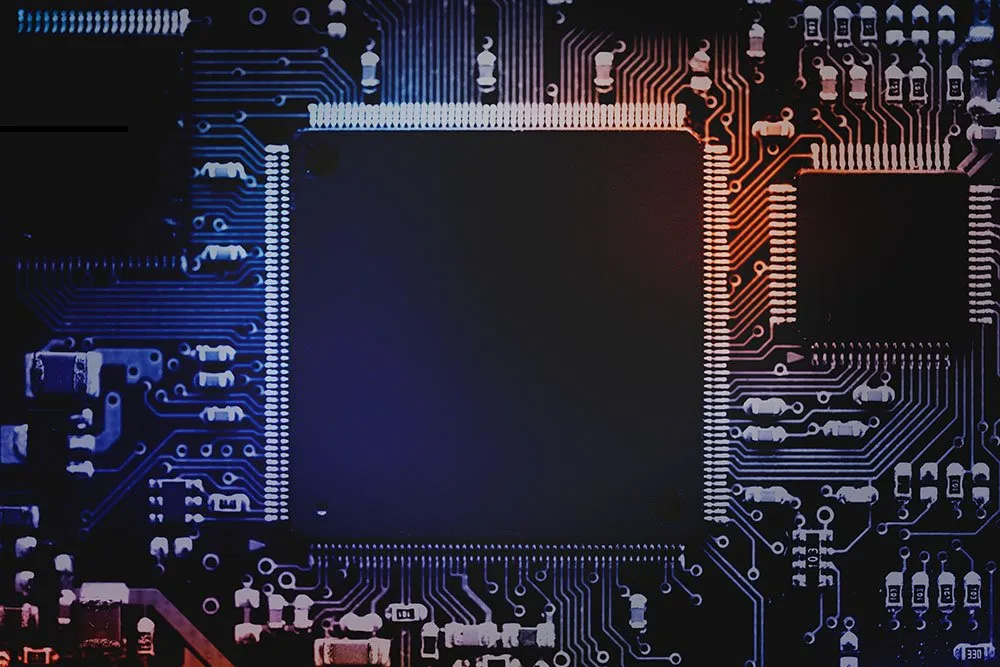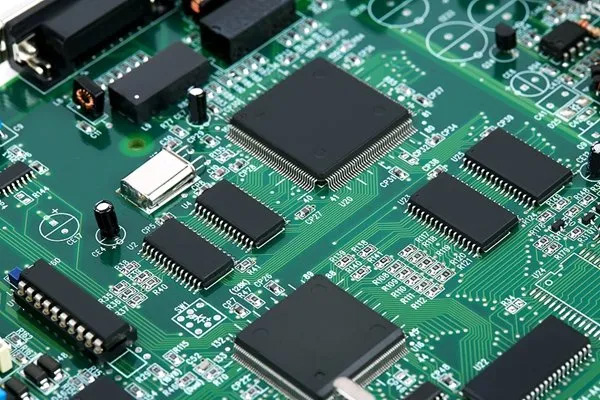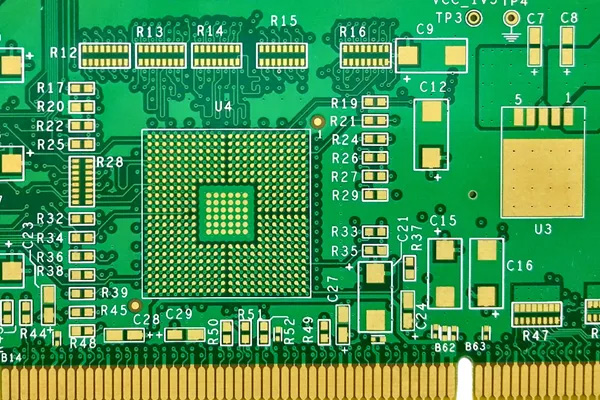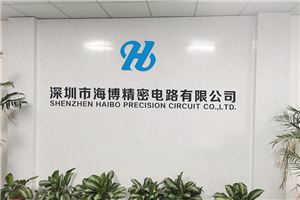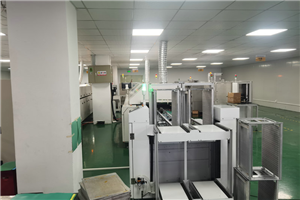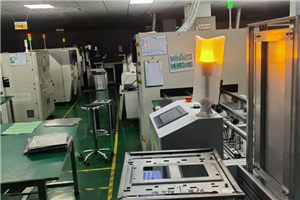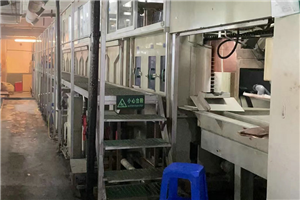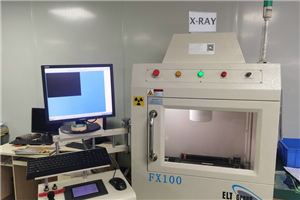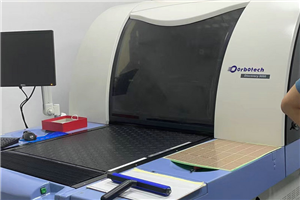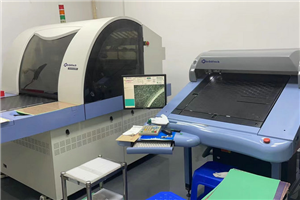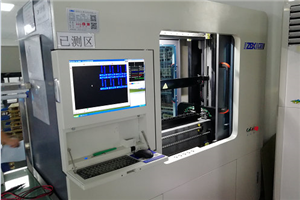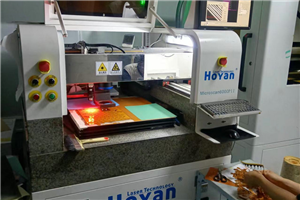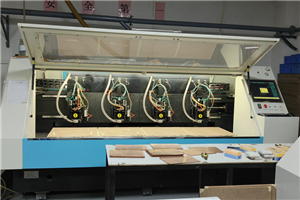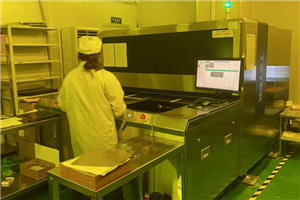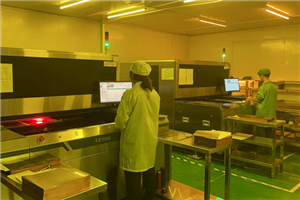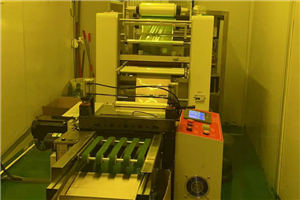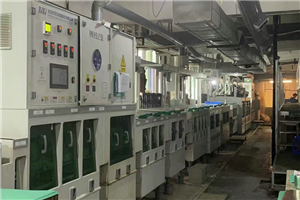HDI PCB has the following main characteristics: high number of layers, small line width and spacing, small via holes such as blind holes and buried holes, several rounds of stacking and lamination. Here is the detailed information:
Higher layers: More than 4 layers
Due to the fact that HDI circuit boards are typically designed with very complex functions within a compact PCB area, many traces and connections need to be dispersed across multiple layers. Typically, HDI circuit boards should have at least 4 layers, while most high-density interconnect PCBs range from 6 to 12 layers.
Small line width and spacing: less than 4 mil
Due to the need to lay a large number of traces in a very small space, the width and spacing of the traces obviously need to be designed as small as possible. Therefore, the routing width and spacing of most high-density interconnect PCBs are as small as 4 mil or less. In some designs, the wire width and spacing are 2mil, which is very difficult in PCB production.
Micro holes, blind holes, and buried holes used
HDI circuit boards require smaller through holes, with drill holes less than 6 mil, so the through holes need to be stacked and micro through holes set between layers. The standard practice is that micro vias are usually filled or plated. High density interconnect PCBs require more wiring area, so VIP technology is used to increase density. This technology is used in conjunction with micro vias inside solder pads, and the wiring connecting them is very small, providing a larger breakthrough area for wiring. According to the placement position of the through-hole on the solder pad, the types include embedded, partial, and offset center solder pad through-hole, as shown in the following figure.
High density interconnect PCBs use various types of through holes based on layer stacking, and the construction of through holes plays a crucial role. Micro through holes, blind through holes, and buried holes are types of through holes used to replace through holes. Metalization is a process that ensures that there are no gaps in the through holes during the stacking process. The pattern of stacked through holes also plays a crucial role in achieving low aspect ratios. The core of high-density interconnect PCBs is thicker than other substrate layers, so using traditional buried holes can help with auxiliary connection applications.
Micro through-hole: Micro pores refer to holes with a diameter less than 0.15mm (6mils).
Blind hole: A blind hole is a hole drilled from the top or bottom layer to the inner layer, with only one side of the hole visible.
Burial hole: Burial hole is a hole buried in the middle layer, which we cannot see from the side of the PCB.
Interlocking through holes: Stacking staggered through holes is a gradual arrangement of micro through holes.
Stacked through holes: Stacked through holes are formed by stacking micro through holes in each layer.
High density interconnect PCBs use various types of through holes based on layer stacking, and the construction of through holes plays a crucial role. Micro through holes, blind through holes, and buried holes are types of through holes used to replace through holes. Metalization is a process that ensures that there are no gaps in the through holes during the stacking process. The pattern of stacked through holes also plays a crucial role in achieving low aspect ratios. The core of high-density interconnect PCBs is thicker than other substrate layers, so using traditional buried holes can help with auxiliary connection applications.
Micro through-hole: Micro pores refer to holes with a diameter less than 0.15mm (6mils).
Blind hole: A blind hole is a hole drilled from the top or bottom layer to the inner layer, with only one side of the hole visible.
Burial hole: Burial hole is a hole buried in the middle layer, which we cannot see from the side of the PCB.
Interlocking through holes: Stacking staggered through holes is a gradual arrangement of micro through holes.
Stacked through-hole: Stacked through-hole is a micro through-hole in
Each layer is stacked on top of each other.
Multiple stacking and lamination
Similar to the standard PCB structure, stacking is constructed layer by layer. The main change is the ability to use multiple rounds of stacking and lamination to achieve multiple blind burial designs. In addition, in high-density interconnect PCBs, there are high-density traces and thin dielectric layers mirrored on the thick core layer.
Place a negative photoresist film and then use ferric chloride to etch away the non-conductive portion of the trace, leaving behind the conductive portion.
Then wash off the photoresistor film with a chemical solution.
Through holes are drilled using mechanical or laser drilling methods, while chemical processes are used for high-density areas.
Internal interconnection is formed through metallization process.
Repeat the stacking process to obtain outer layer stacking and the required electroplating process.


